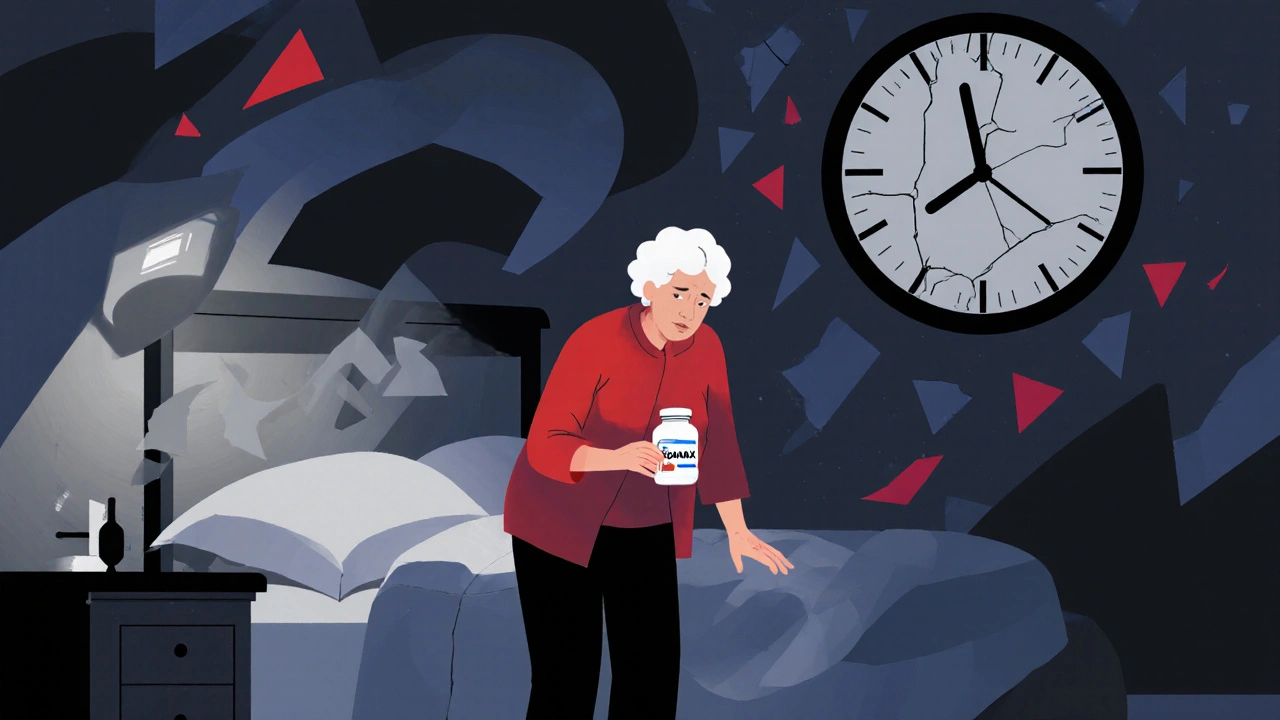
Every year, millions of older adults in the U.S. are prescribed benzodiazepines for anxiety or insomnia. Drugs like Valium, Xanax, and Ativan work fast. They calm nerves. They help people fall asleep. But for seniors, these benefits come with hidden dangers that many doctors and patients still don’t fully understand.
Why Benzodiazepines Are Riskier for Older Adults
Benzodiazepines don’t work the same in older bodies as they do in younger ones. As people age, their liver and kidneys slow down. That means drugs stick around longer. A drug like diazepam (Valium) can stay in the system for days-sometimes over 20 hours. That’s not just a long half-life; it’s a constant fog.
Studies show seniors are up to three times more sensitive to benzodiazepines than younger adults. Even low doses can cause dizziness, blurred vision, and unsteady walking. The result? Falls. And falls in older adults often mean hip fractures, hospital stays, or worse. One large study found that seniors taking these drugs had at least a 50% higher chance of breaking a hip. That’s not a small risk-it’s life-changing.
But the damage doesn’t stop there. Benzodiazepines interfere with memory formation. Many seniors report feeling "foggy" or forgetful after starting these meds. What’s worse, long-term use is linked to a higher risk of dementia. Research from French and Canadian teams showed that seniors taking benzodiazepines for more than six months had an 84% higher chance of developing Alzheimer’s disease. The longer they took it, and the higher the dose, the greater the risk.
And it’s not just memory. These drugs can make depression worse, reduce muscle strength, and even trigger confusion that looks like delirium. Combine them with alcohol or opioids-something many seniors do-and the risk of breathing problems or fatal overdose jumps dramatically.
The False Sense of Safety
Many older adults believe their doctor wouldn’t prescribe something dangerous. That’s why so many keep taking benzodiazepines for years-even decades. A 2015 study found that while 85% of seniors knew these drugs could cause dependence, only 32% realized they increased the risk of memory loss. Just 41% knew they raised the chance of falling.
On patient forums, the stories are heartbreaking. One woman wrote: "I’ve been on Xanax for 15 years. My doctor says it’s fine. But I’ve fallen three times in the last year. I don’t feel like myself anymore." Another said: "I can’t sleep without it. But I’m so tired all day. I feel like I’m walking through cotton."
Even worse, most seniors don’t know how hard it is to stop. Withdrawal symptoms-increased anxiety, insomnia, tremors, even seizures-can be severe. And because these drugs are often prescribed without a clear end date, many patients never get a plan to taper off.
What the Experts Say
Leading medical groups have been clear for years: benzodiazepines should be avoided in older adults. The American Geriatrics Society includes them in their Beers Criteria as a "potentially inappropriate medication" for seniors. The STOPP guidelines say the same. Even the FDA updated labels in 2024 to warn about dementia risk.
Dr. Sharon K. Inouye from Harvard calls benzodiazepines "among the most dangerous medications for older adults." Dr. Michael Steinman from UCSF says even short-term use carries risks most doctors underestimate. And Dr. Malaz Boustani’s research showed a 51% increase in dementia risk with long-term use.
The evidence isn’t new. It’s been piling up for over a decade. Yet in 2023, nearly 9 million benzodiazepine prescriptions were filled for Medicare beneficiaries. Over 3 million seniors are still on them long-term. That’s not just a prescribing problem-it’s a systemic failure.

What Works Better: Safer Alternatives
There are better ways to treat anxiety and insomnia in older adults. And they don’t come with the same risks.
Cognitive Behavioral Therapy for Insomnia (CBT-I) is the gold standard. It’s not a pill. It’s a structured program that teaches better sleep habits, reduces nighttime worry, and helps reset the body’s internal clock. Studies show 70-80% of seniors who complete CBT-I see lasting improvement in sleep quality. And unlike benzodiazepines, the benefits grow over time. There’s no tolerance. No withdrawal. No risk of falls.
Medicare has covered CBT-I since 2022. But only 12% of eligible seniors use it-mostly because providers don’t refer patients or don’t know where to send them.
For anxiety, SSRIs like sertraline (Zoloft) and SNRIs like venlafaxine (Effexor) are first-line treatments. They take 4-6 weeks to work, but they’re safe for long-term use. They don’t cause dizziness, memory loss, or increased fall risk. And unlike benzodiazepines, they don’t lose effectiveness over time.
For sleep, ramelteon (a melatonin receptor agonist) is a safer option. It helps with falling asleep without causing dependence or cognitive side effects. It’s not as strong for staying asleep, but it’s much safer than anything in the benzodiazepine class.
What about over-the-counter sleep aids? Avoid diphenhydramine (Benadryl). It’s an anticholinergic drug. That means it blocks a brain chemical linked to memory and attention. Long-term use increases dementia risk-even more than benzodiazepines in some studies.
How to Stop Safely: A Step-by-Step Plan
If you or a loved one has been on a benzodiazepine for months or years, stopping isn’t something to do on your own. But it’s possible-with the right support.
- Don’t quit cold turkey. Sudden withdrawal can cause seizures, severe anxiety, or hallucinations.
- Work with your doctor. Ask for a tapering plan. Most experts recommend reducing the dose by 5-10% every 1-2 weeks. For complex cases, it may take 6-12 months.
- Combine tapering with CBT. Studies show 65% of seniors successfully stop when they pair tapering with cognitive behavioral therapy. Without it, success drops to 35%.
- Track symptoms. Keep a journal of sleep, mood, and energy levels. This helps your doctor adjust the plan.
- Involve caregivers. Family members can help spot signs of withdrawal or worsening anxiety. They can also remind the patient to stick with the plan.
The ASAM Clinical Practice Guideline (2024) and SAMHSA’s 2025 Dear Colleague Letter both stress that decisions about stopping should be personalized. If someone has severe, treatment-resistant anxiety and no other options, a low dose may still be appropriate-but only with regular reviews and a clear exit plan.
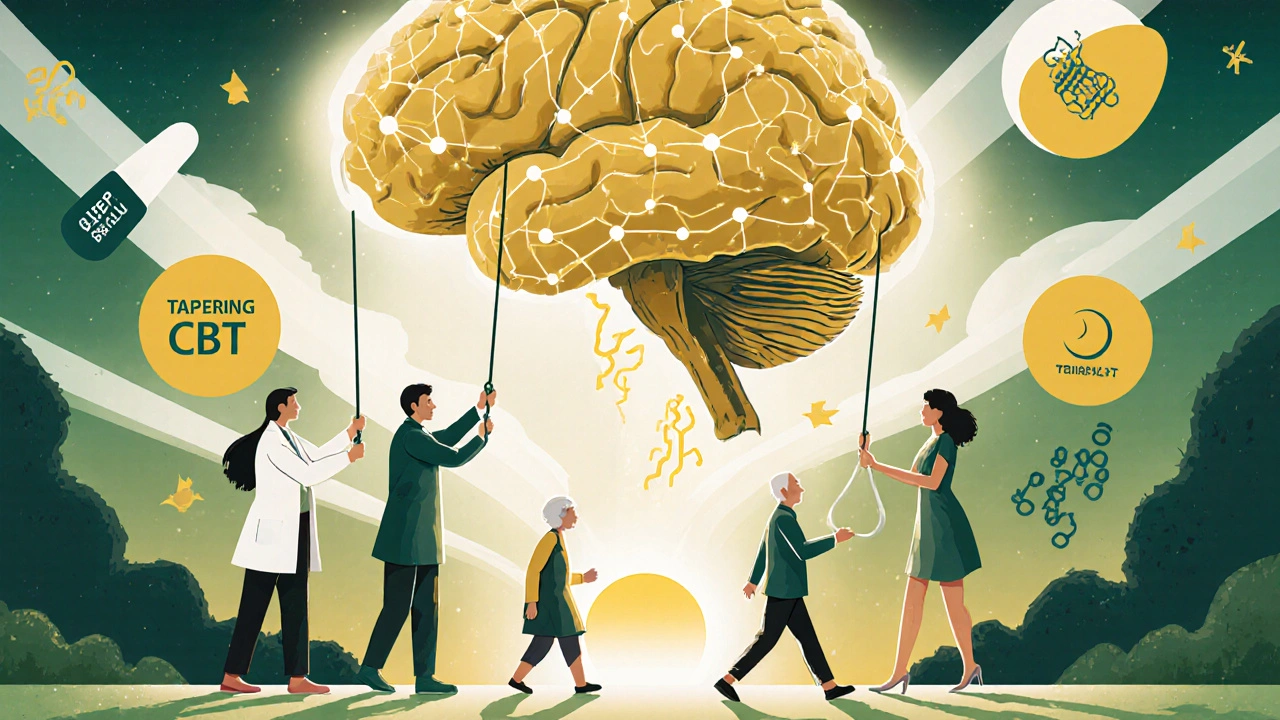
The Bigger Picture: Why Change Is Slow
Prescribing rates for benzodiazepines have dropped 18% since 2015. That’s progress. But 3.2 million seniors are still on them. Why?
Many doctors were trained to treat anxiety with pills. It’s quick. It’s familiar. It’s what patients expect. But new guidelines, Medicare coverage for CBT-I, and FDA warnings haven’t fully changed practice.
Also, access to non-drug treatments is still limited. In rural areas, finding a therapist trained in CBT-I is hard. Insurance doesn’t always cover it well. And many seniors don’t know these options exist.
The Beers Criteria Action Plan, launched by CMS in January 2025, aims to cut inappropriate prescribing by 50% by 2027. It includes provider education, automated prescription alerts, and patient counseling tools. It’s a step forward.
But real change starts with awareness. If you’re a senior or caring for one, ask: "Is this medication still necessary? Are there safer options? What’s the plan to stop?"
Final Thoughts
Benzodiazepines aren’t evil drugs. They help in emergencies-like during a panic attack or before surgery. But for chronic anxiety or insomnia in older adults? They’re outdated. The risks far outweigh the benefits.
The truth is, most seniors don’t need these pills. They need better sleep habits. They need someone to talk to about their worries. They need to feel safe, supported, and heard.
There are safer, more effective ways to help. And the longer we wait to make the switch, the more damage we risk.
Are benzodiazepines ever safe for seniors?
Benzodiazepines may be appropriate in very limited situations-like a short-term crisis (e.g., acute panic attack, severe agitation before surgery, or end-of-life care). But for chronic anxiety or insomnia, they are not recommended. Even short-term use carries risks of falls, confusion, and memory problems. The American Geriatrics Society and FDA advise avoiding them for long-term use in older adults.
Can benzodiazepines cause dementia?
Yes. Multiple studies, including a 2023 meta-analysis published in PMC7673272, show a strong link between long-term benzodiazepine use and increased dementia risk. Seniors taking these drugs for more than six months had an 84% higher chance of developing Alzheimer’s disease. The risk rises with higher doses and longer duration. The FDA now requires dementia warnings on all benzodiazepine labels.
What’s the best alternative to benzodiazepines for sleep?
Cognitive Behavioral Therapy for Insomnia (CBT-I) is the most effective long-term solution. It works better than any pill and has no side effects. For medication, ramelteon is a safer option than benzodiazepines or antihistamines like diphenhydramine. It helps with falling asleep without causing dependence or cognitive decline.
How long does it take to safely stop benzodiazepines?
Most seniors need 8-16 weeks to taper safely, reducing the dose by 5-10% every 1-2 weeks. For those on high doses or with long-term use, the process may take 6-12 months. Always work with a doctor. Tapering too fast can cause seizures or severe withdrawal symptoms.
Why do doctors still prescribe benzodiazepines to seniors?
Many doctors were trained to use these drugs and may not be aware of updated guidelines. Patients often ask for quick fixes, and benzodiazepines work fast. There’s also a lack of access to non-drug treatments like CBT-I, especially in rural areas. But awareness is growing. Medicare now covers CBT-I, and CMS is actively working to reduce inappropriate prescribing.


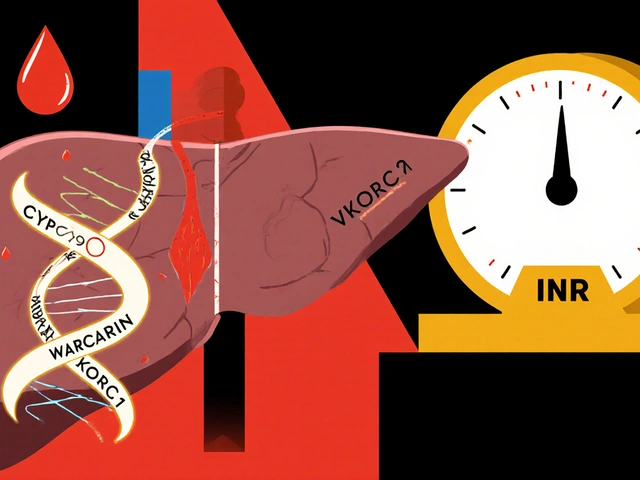

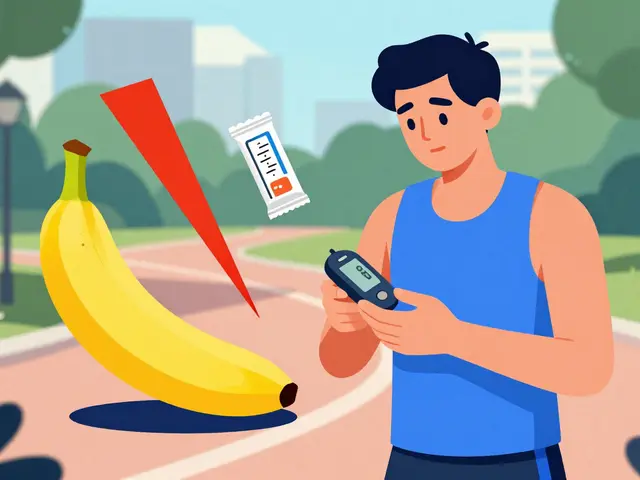
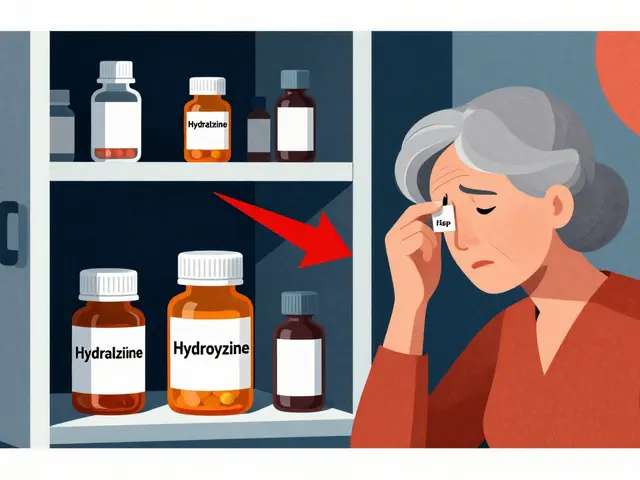
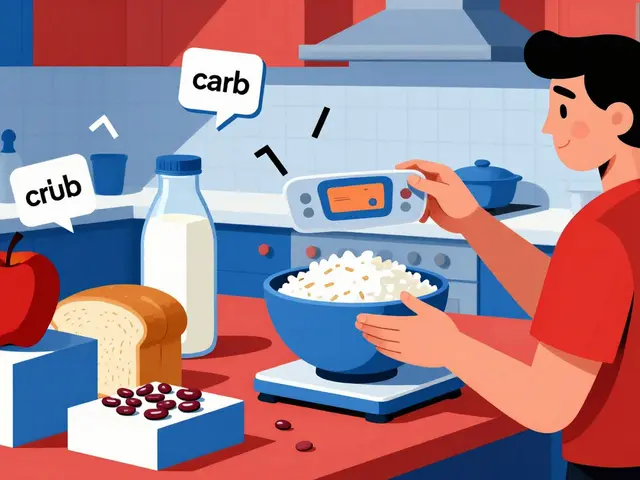
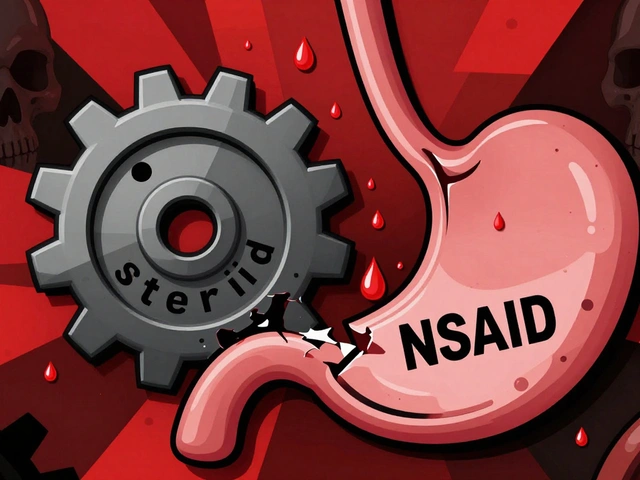

8 Comments
so yeah benzodiazepines are bad for old folks i get it but like... why are we still acting like this is news? my grandma was on valium for 20 years and no one ever told her it could make her forget her own name
doctors just wanna hand out pills its easier than listening
and dont even get me started on how hard it is to quit
they dont tell you about the panic attacks or the shaking or the nights where you swear your brain is falling out your ears
and now im supposed to believe cbt-i is the answer? good luck finding someone who does it in rural iowa
and dont say insurance covers it cause my uncle tried and got stuck on a 6 month waitlist
we got a system that rewards quick fixes and punishes patience
and the old folks? they just get quieter
the real issue is the pharmaceutical industry funds half the studies that say its safe
they push these drugs hard and then act shocked when people get addicted
the fda warning came 20 years too late
and now they want us to trust cbt-i like its some magic cure
its all a distraction
the real solution is to defund the drug companies
and stop letting them write the guidelines
I want to thank you for sharing this information with such care and clarity.
Many older adults, especially those living alone, do not know how dangerous these medications can be.
It is not their fault. They trusted their doctors. They trusted the system.
We need more community education, not just for seniors but for their families and caregivers.
And we need to make sure that therapy options like CBT-I are easy to find, affordable, and welcoming.
Change begins when we speak up with kindness and patience.
Let us help each other, gently, without judgment.
Let me be perfectly clear: the entire medical establishment is complicit in this slow-motion genocide of the elderly.
The American Geriatrics Society? A front for Big Pharma.
The FDA's 2024 warning? A performative gesture designed to appease the media while continuing to approve new benzodiazepine formulations.
CBT-I? A poorly funded, statistically manipulated placebo dressed in academic jargon.
The 84% dementia risk figure? Cherry-picked from a single French cohort study with inadequate controls.
And yet, here we are, treating seniors like lab rats while ignoring the real culprit: the decline in neuroplasticity due to decades of processed food, sedentary lifestyles, and digital overstimulation.
This isn't about benzodiazepines.
This is about the collapse of intergenerational care and the commodification of human vulnerability.
Wake up.
I can't believe no one is talking about how the government is secretly using benzodiazepines to control the elderly population
Think about it - they give them these drugs so they forget their grandchildren's names, so they don't remember the truth about Social Security cuts, so they stop asking why their pensions disappeared
And then they say 'oh it's just dementia' - but no, it's not dementia, it's chemical mind control
My aunt was on Xanax for 18 years and suddenly started forgetting her own birthday - the same week Congress passed that new healthcare bill
And now they want us to switch to CBT-I? Like that's going to fix the fact that the entire system is rigged
They don't want seniors to be sharp - they want them quiet, docile, and easy to manage
They're poisoning us slowly and calling it medicine
I've been researching this for 3 years now - I have binders - I have documents - I have emails from doctors who admit it
Someone needs to listen
My mom was on lorazepam for 12 years. She didn't even know she was supposed to be weaned off.
When we finally talked to her doctor, he said 'oh, we just didn't think to stop it.'
She's been off it for 8 months now. Her balance is better. She remembers names again.
CBT-I worked for her. Took time. But it worked.
Don't wait until it's too late.
Thank you for writing this. So many seniors are silently suffering.
It's not about blaming doctors. It's about changing systems.
And it's possible.
From a clinical pharmacology perspective, the pharmacokinetic alterations in geriatric populations - specifically reduced hepatic metabolism and decreased renal clearance - significantly elevate the area under the curve (AUC) for benzodiazepines, thereby prolonging their half-lives and increasing the risk of cumulative toxicity.
Moreover, the downregulation of GABA-A receptor subtypes in aging neural circuits renders seniors disproportionately susceptible to sedative and amnestic effects.
While non-pharmacologic interventions like CBT-I demonstrate superior long-term efficacy, their implementation is hampered by inadequate provider training and fragmented care coordination.
Systemic reform requires integration of geriatric pharmacotherapy modules into residency curricula and mandatory e-alerts within EHRs for inappropriate prescribing.